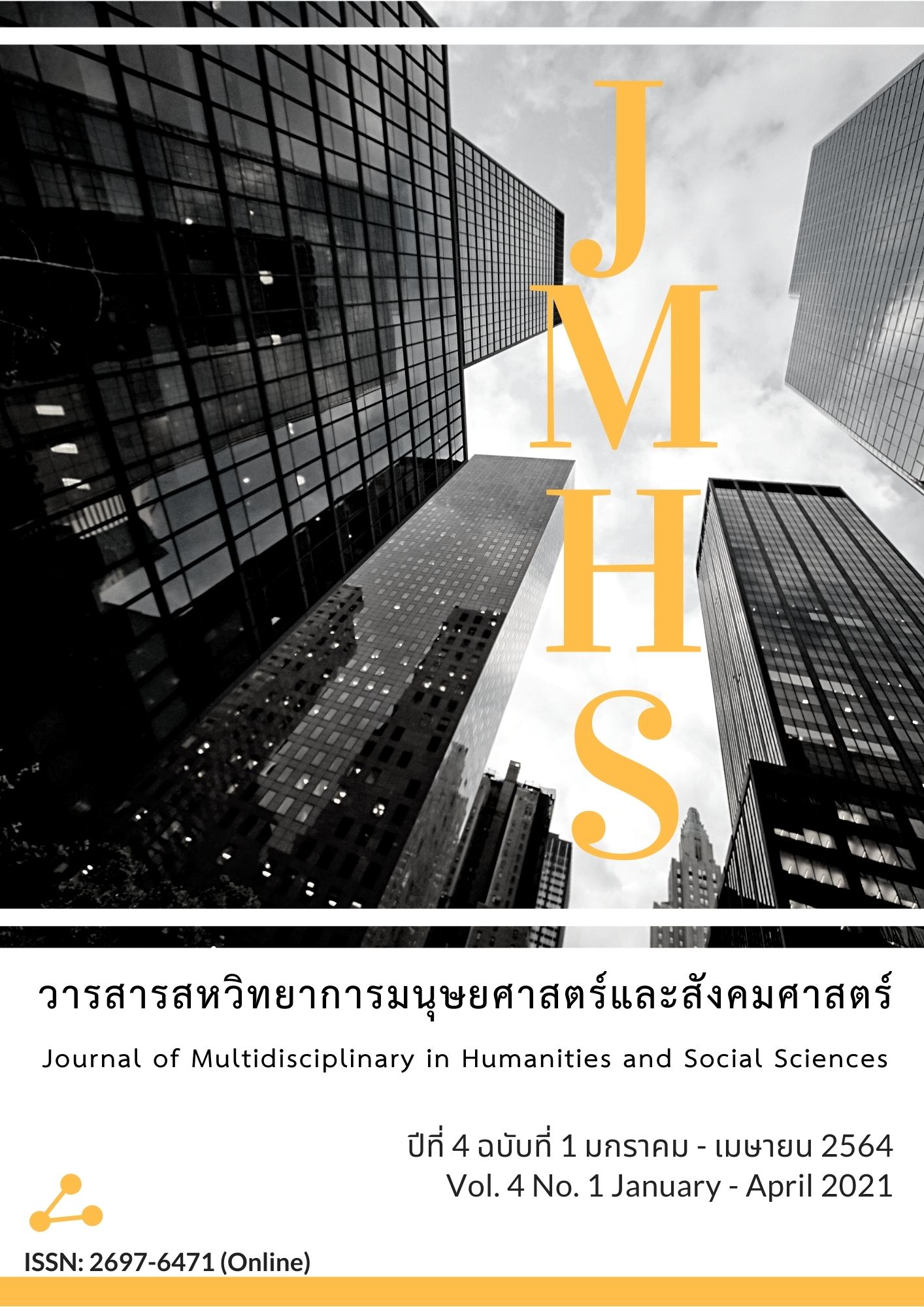The competency factor of English teacher in primary school
Main Article Content
Abstract
The purposes of this research were to identify 1) the competency factors of English teachers in primary school and 2) the confirmation of the competency factors of English teachers in primary school. The population was 28,358 primary schools under the Office of the Basic Education Commission. The sample size was 97 schools which determined by Taro Yamane sample size table at the confidence level of 90%. Three respondents from each school consisted of a school director, a deputy school director, English teacher, with the total of 291 respondents. The research instruments used to collect the data were unstructured interview, opinionnaire and questionnaire, the statistics for analyzing the data were frequency, percentage, arithmetic mean, standard deviation, exploratory factor analysis and content analysis.
The findings of this research were as follows: 1. The competency factors of English teachers in primary school consisted of 7 factors and 41 variables: 1) learning environment arrangement and learning media, composed of 7 variables, 2) technique and evaluation student design, composed of 7 variables, 3) classroom management learning, composed of 6 variables, 4) participative instructional design, composed of 6 variables, 5) transition and professional advisory, composed of 6 variables, 6) implement Varity language innovation, composed of 5 variables and 7) curriculum development, composed of 4 variables. 2. The experts confirmed that all factors of the competency of English teachers in primary school were accurate, a propriety, feasibility, and utility.
Article Details
Views and opinions appearing in the Journal it is the responsibility of the author of the article, and does not constitute the view and responsibility of the editorial team.
References
กระทรวงศึกษาธิการ. (2561). สำนักงานคณะกรรมการการศึกษาขั้นพื้นฐาน. การวัดแลประเมินผลอิงมาตรฐานการเรียนรู้ฯ กลุ่มสาระการเรียนการรู้ภาษาต่างประเทศ. กรุงเทพฯ: องค์การรับส่งสินค้าและพัสดุภัณฑ์.
ชัชรีย์ บุนนาค. (2562). ปัญหาการเรียนการสอนภาษาอังกฤษในประเทศไทย และข้อเสนอแนะด้านยุทธศาสตร์การพัฒนาการเรียนการสอนภาษาอังกฤษ ปี 2564-2568. การประชุมวิชาการเสนอผลงานวิจัยระดับชาติ ครั้งที่ 2 “Graduate School Conference 2018”, 2(1), 235-241.
ทวีศักดิ์ จินดานุรักษ์ และคณะ. (2555). มาตรฐานวิชาชีพครูการศึกษาขั้นพื้นฐาน. กรุงเทพฯ: คณะศึกษาศาสตร์, มหาวิทยาลัยสุโขทัยธรรมาธิราช.
ธัญญลักษณ์ เวชกามา. (2562). รูปแบบพัฒนาสมรรถนะครูด้านการสอนภาษาอังกฤษของโรงเรียนประถมศึกษาในภาคตะวันออกเฉียงเหนือตอนล่าง (ปริญญาปรัชญาดุษฎีบัณฑิต สาขาวิชาการบริหารการศึกษา). มหาวิทยาลัยราชภัฏบุรีรัมย์.
ภัทรนรินทร์ บิชอป, ทรงศักดิ์ ภูสีอ่อน และอมร มะลาศรี. (2559). การพัฒนาตัวบ่งชี้การประเมินสมรรถนะครูต่างชาติที่สอนวิชาภาษาอังกฤษในระดับประถมศึกษา. วารสารการวัดผลการศึกษา มหาวิทยาลัยมหาสารคาม, 22(2), 247-261.
สุกัญญา รัศมีธรรมโชติ. (2548). แนวทางการพัฒนาศักยภาพมนุษย์ด้วย Competency. กรุงเทพฯ: ศิริวัฒนาอินเตอร์พริ้นท์.
วิจารณ์ พานิช. (2553). วิถีสร้างการเรียนรู้เพื่อศิษย์ในศตวรรษที่ 21. กรุงเทพฯ: อัมรินทร์พริ้นติ้งแอนด์พลับลิชชิ่ง.
อุพิษ เหมือนทอง, นิราศ จันทรจิตร และลักขณา สริวัฒน์. (2559). การพัฒนาหลักสูตรเสริมสร้างสมรรถนะครูด้านการจัดการเรียนรู้ทักษะการฟังและการพูดภาษาอังกฤษ สำหรับนักเรียนชั้นมัธยมศึกษาปีที่ 3. วารสารการวัดผลการศึกษา มหาวิทยาลัยมหาสารคาม, 22(2), 364-378.
Peacock, M. (2002). The Good Teacher of English & A Foreign Language. Perspectives: Working Papers in English & Communication, 14(1), 65-75.


